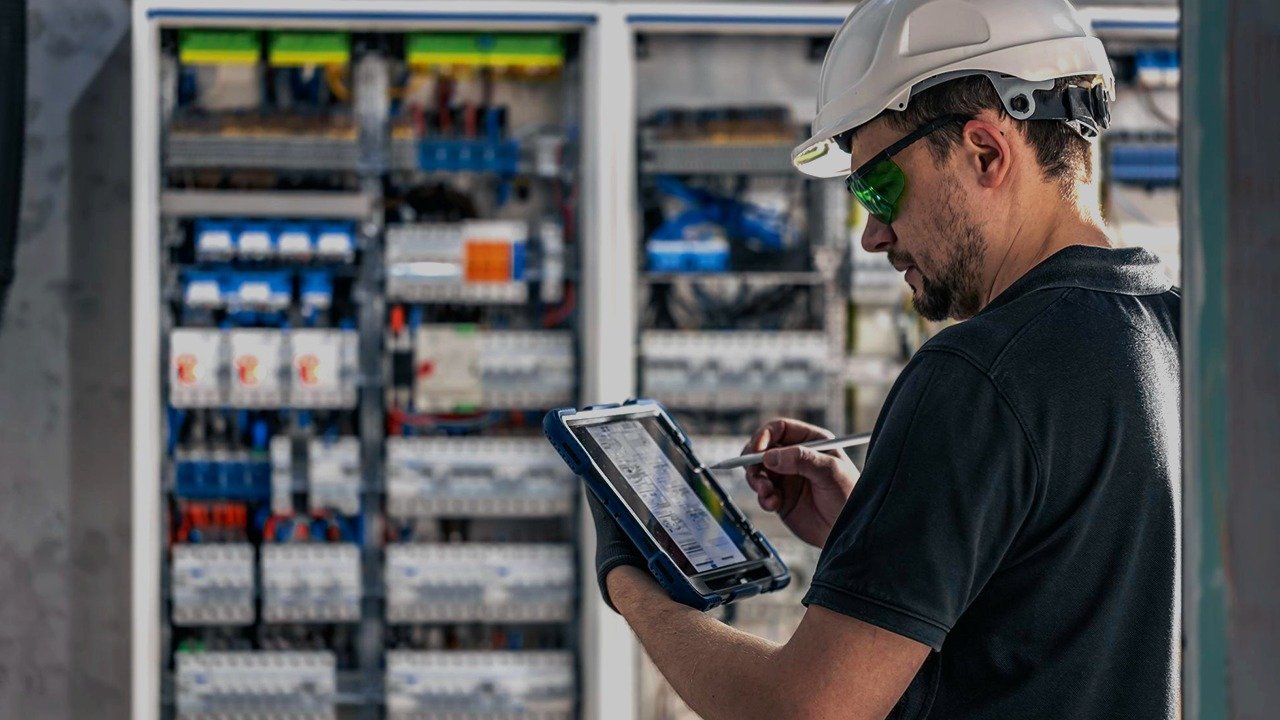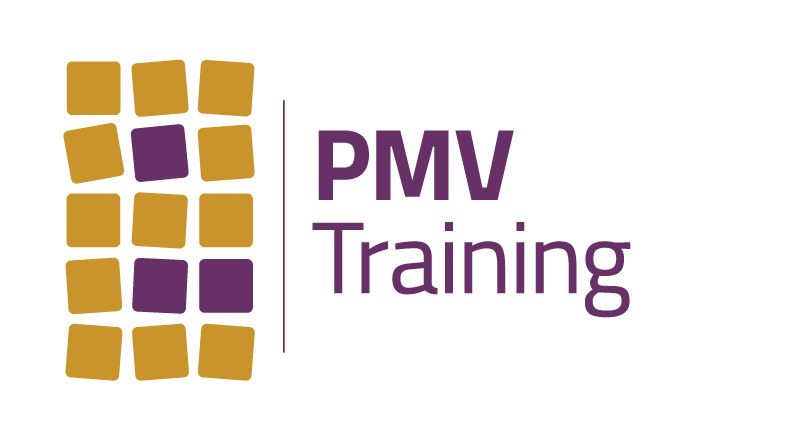Why PLC and HMI Skills Are Now Essential for Instrumentation TechniciansÂ
Why PLC and HMI Skills Are Now Essential for Instrumentation TechniciansÂ
Aug 06, 2025

Instrumentation technicians have evolved from repair-focused roles to become vital enablers of industrial efficiency, safety, and intelligence. As manufacturing embraces automation, skills in Programmable Logic Controllers (PLCs) and Human-Machine Interfaces (HMIs) have become foundational. For those pursuing a  Certificate IV in Instrumentation and Control, particularly through programs like the  UEE42220 course in Australia; PLC and HMI expertise is not just recommended, it’s essential.
Mastery in PLCs and HMIs allows technicians to reduce downtime, troubleshoot faster, prevent incidents, and support data-driven decisions. These systems are not just tools – they’re central to how modern facilities operate.
The Modern Role of an Instrumentation Technician
Technicians now work across a range of disciplines; electronics, control systems, IT, and mechanics – installing, calibrating, maintaining, and troubleshooting devices in high-pressure industrial environments. A technician may shift from tuning a transmitter to diagnosing a PLC fault or updating an HMI screen within the same day. Their role now integrates both Operational Technology (OT) and Information Technology (IT), making them critical players in smart manufacturing.
Training like  PLC training for instrumentation technicians  ensures that individuals are prepared for this multifaceted role. Leading institutions such as  PMV Training  offer structured programs like the  Cert IV in Instrumentation and Control, which help bridge the knowledge gap for emerging technicians.Â
PLCs: The Automation Backbone
Programmable Logic Controllers are rugged, real-time computers that automate control functions. They interpret sensor inputs and issue commands to devices like motors or valves based on programmed logic.
Key Benefits:
- Reliable in harsh conditionsÂ
- Easily reprogrammable and scalableÂ
- Fast, accurate decision-makingÂ
- Built-in safety and diagnostic capabilitiesÂ
Technicians with PLC skills can efficiently manage process automation, quickly identify faults, and fine-tune systems—essential in dynamic production environments.
HMIs: Visualising the Process
Human-Machine Interfaces are the graphical front-ends for automated systems, allowing real-time monitoring and control through touchscreens and dashboards. They turn raw data into understandable visuals, charts, alarms, and control buttons—supporting operator awareness and rapid response.Â
Benefits of HMI Competency:
- Enhanced situational awarenessÂ
- Faster alarm response and issue resolutionÂ
- Intuitive control interfacesÂ
- Support for predictive maintenance and diagnosticsÂ
Technicians must understand not just how to use HMIs, but how to configure them for usability, efficiency, and compliance. This is where  HMI training in Australia  becomes particularly important, especially through accredited courses like those offered by  PMV Training.Â
The Synergy: Why Both Skills Matter Together
- Boosting EfficiencyÂ
A technician who understands both systems can identify trends (via HMI) and adjust control logic (via PLC) to reduce process drift, improve consistency, and minimise rework.Â
- Ensuring SafetyÂ
PLCs enforce logic-based safety protocols; HMIs alert users to risks. Together, they form a multilayered safety system. Skilled technicians maintain and verify these systems to prevent failure and support emergency response.Â
- Advanced TroubleshootingÂ
A failed process might be caused by a mechanical fault, programming error, or HMI issue. Only technicians skilled in both PLCs and HMIs can diagnose across all layers.Â
- Enabling Smart DecisionsÂ
PLCs collect data; HMIs display it. Technicians must interpret this information to support predictive maintenance, performance tuning, and strategic decision-making.Â
Evolving Skillsets for Future-Ready Technicians
| Traditional Skill | Advanced Skill Needed | Why It Matters |
| Basic troubleshooting | Predictive analytics | Proactive issue prevention |
| PLC logic understanding | Network & cybersecurity | Secure, stable industrial systems |
| HMI operation | UX design & HMI configuration | Improve user efficiency |
| Mechanical/electrical repair | Systems-level thinking | Cross-disciplinary troubleshooting |
| On-the-job learning | Continuous certification & CPD | Stay relevant with rapid change |
Recommendations
For Technicians:
- Train formally in PLC/HMI platforms (e.g., Allen-Bradley, Siemens)Â
- Use simulators or demo kits for hands-on practiceÂ
- Learn networking, cybersecurity, and industrial protocolsÂ
- Stay curious and committed to lifelong learningÂ
The future of instrumentation lies at the intersection of automation and data. Whether you’re just starting out or upskilling, gaining expertise through a recognised  Certificate IV in Instrumentation and Control such as the  UEE42220 course in Australia  offered by  PMV Training can position you for long-term success. If you’re looking to gain practical, job-ready skills through  PLC training for instrumentation technicians  or  HMI training in Australia, now’s the time to act.Â
👉 Explore PMV Training’s courses  and take the next step in your career today.Â
Recent Post
Jul 16, 2025
Jun 26, 2025
